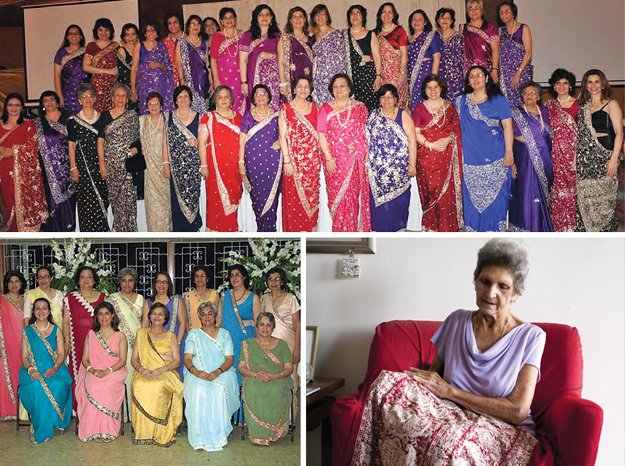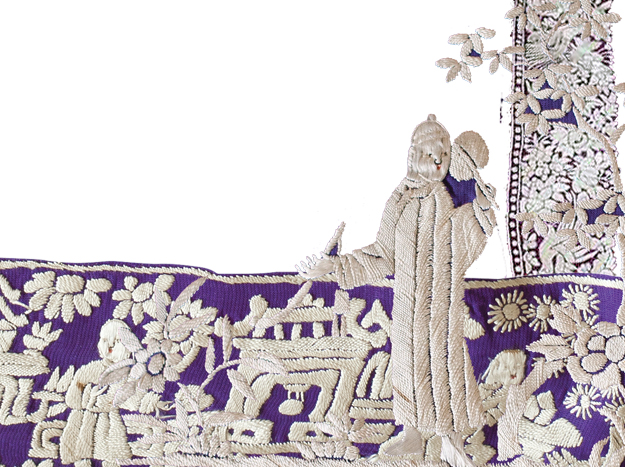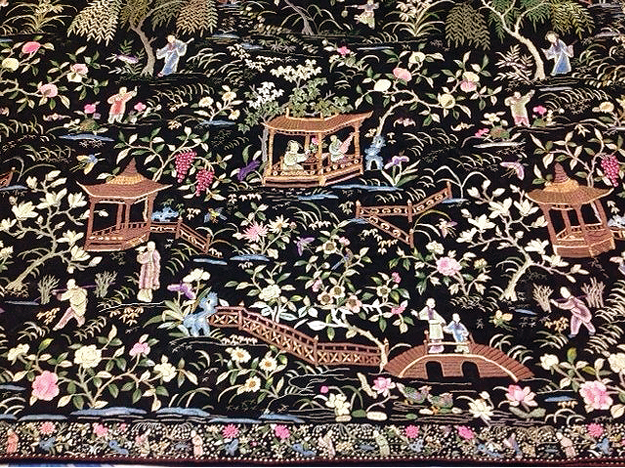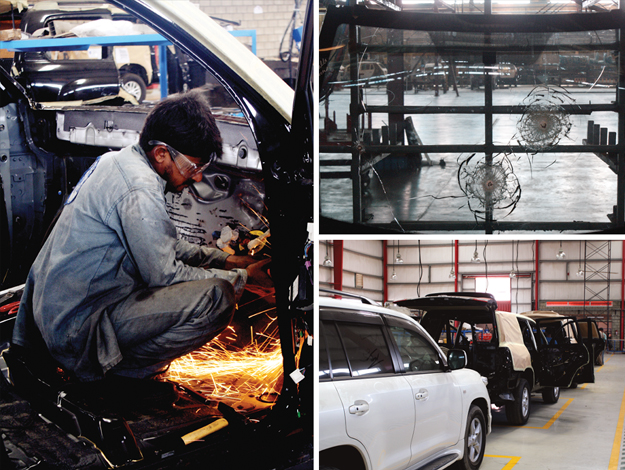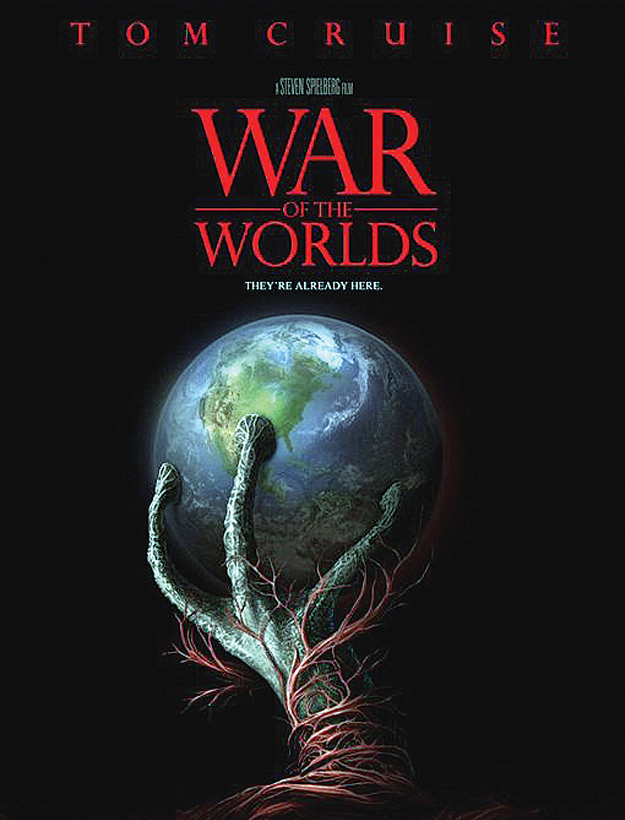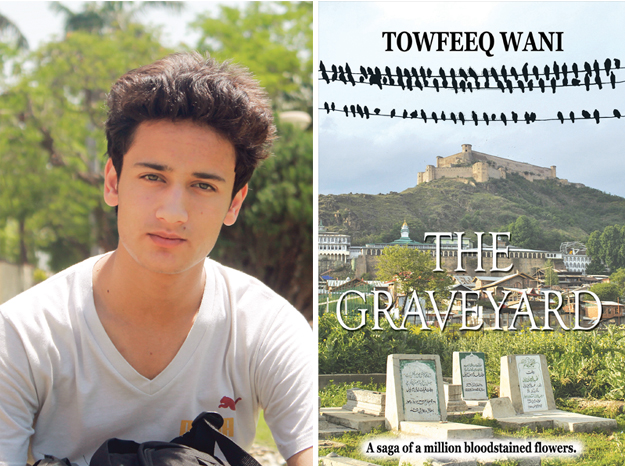
The nouveau riche, the valley of ashes
Girls from good families must marry by the rules in Pakistan as well
By Dr Ishrat Lindblad
“Daisy, Daisy, give me your answer do/I’m half crazy, all for the love of you/It won’t be a stylish marriage/For I can’t afford a carriage…”: the familiar words of this children’s rhyme neatly encapsulate one of the main themes in The Great Gatsby; the conflict between an idealised love and a crassly materialistic world.
Baz Luhrmann’s recent film version of Scott Fitzgerald’s classic story of the corruption of the “American Dream” has hit the headlines as one of the most-talked about movies this year, but what does this story have to do with us? A great deal, it would seem, for classic works can outlive their original contexts and make us see our own world afresh.

Leonardo DiCaprio as Jay Gatsby, Joel Edgerton as Daisy Buchanan’s husband Tom and Elizabeth Debicki as Jordan Baker. Photos: Bazmark Film III Pty Limited
First of all take Daisy, who like our well-brought up girls from “good families”, is the aristocratic Southern belle in Fitzgerald’s novel who has to abide by the rules of her “East Egg” family. She has to marry a wealthy, aristocratic, top university-educated man who has won their approval. She is not capable of giving a “true answer” like the innocent Daisy in the above-mentioned rhyme. She cannot say: “We’ll run away on a summer’s day/On a bicycle made for two”. Why should her parents care that their daughter is weeping before the wedding with Tom Buchanan as she reads a letter from her beloved Gatsby, telling her that he has devoted his life to deserving her?
Even the contrast between the landed East Egg families with their elegance, good taste and leisure and the newly rich families who have had to work hard to amass their wealth is too easily identified in our own society and the way the people who consider themselves to have “good breeding” look down upon the nouveau riche: “Who on earth do they think they are?”
Then we have the “Valley of Ashes” in the book — a veritable industrial wasteland where the poor people try to make a living for themselves while millionaires drive by at a crazy speed through the dirt and the litter in their super-luxury cars, showing no awareness whatsoever of the men and women whom they ruthlessly exploit.
In our world today, it is only too easy to find frustrated poor men like the garage mechanic, George Wilson, and his wife Myrtle… people of whose deaths we read in our newspapers every day and try to forget as fast as we can. Are we so different from Tom Buchanan and Daisy who solve problems by refusing to get involved and simply moving away to another neighbourhood?
And Gatsby himself? The extravagant drunken parties that he throws and the criminal means he has embraced in order to amass the wealth he knows he needs to be able to woo Daisy, is all too easily recognised.
Especially ironic is the fact that prohibition in the 1920s could not stop the American elite from becoming drunk any more than it can stop us from indulging in similar excesses. Gatsby’s dream leads to corruption — a symbol perhaps for the shattered dream of the founding fathers of America. This country was also established in the name of a dream, but where are we today? Are we not becoming as decadent as the characters in Fitzgerald’s novel?
A few honest observers who believe in moral values and try to keep a distance, like Nick Carraway, the narrator of Gatsby’s story, often become disillusioned with what they see and decide to opt out and like him, go west!
Finally we have the compelling symbol of the eyes of Dr TJ Eckleburg: in reality a derelict billboard, but for poor mechanic George Wilson the all-seeing eyes of a transcendent power. George uses the language of the fundamentalists, telling his unfaithful wife, Myrtle, that God sees her sin and will punish her. When she runs out of their home in desperation and is driven over and dies, Wilson convinces himself he is God’s instrument and goes out to seek vengeance on her lover. Daisy’s husband Tom Buchanan has lied to George in order to protect himself and believing this, the mechanic goes out to first shoot Gatsby and then himself.
And, to end on a frivolous note, consider the hellish heat that drives the characters into a frenzy as they confront each other in the climactic scene in a luxury hotel. Haven’t we all felt desperate when the temperature hits 40 degrees in the shade and the electricity fails yet again?
Author Dr Ishrat Lindblad is settled in Sweden but visits Pakistan on a regular basis. She taught English literature at the Department of English, Stockholm University, from 1976 until her retirement in 2007. During a period of sabbatical leave in the 1990s and after her retirement she has worked part-time as principal at The Lyceum in Karachi.
F Scott Fitzgerald, Munir Niazi, and the illusion of progress
The last line of The Great Gatsby resonates vividly with a Munir Niazi couplet
By Amir Jafri
Pakistani poet Munir Niazi was born about the time American novelist F Scott Fitzgerald died. And while the two men shared little in terms of geography and culture, they had in common, in my view, a certain aesthetic, a bleak worldview, a romantic notion, and a precocious talent for creating vivid imagery with a few words.
Fitzgerald’s novel, The Great Gatsby, has received renewed interest with Baz Luhrmann’s film and it is perhaps worth highlighting the loaded last line of the book because it bears similarities to something written closer to home. Consider:
So, we beat on, boats against the current, borne back ceaselessly into the past.
This is about as heartbreaking a coda as has ever been delivered at the culmination of a tale about a man’s driving material ambition in the service of his unrequited love. In this case, that character is Jay Gatsby.

The fundamental existential paradox of toil without redemptive hope, the human predicament of hovering between the badlands of predestination and freewill, the ultimate existential morass, all hang timorously in the alliterative resonance of that summing up.
For our existence as individuals, F Scott Fitzgerald uses the metaphor of the illusion of progress, the futility of motion, of our life as nothing but toil on the tireless tread-machine of time which, like a bad dream, moves a bit faster than our efforts to gain distance. Inevitably and poignantly it throws us back constantly, and reduces life to little more than a vapid, almost nauseous chore.
It is an instance of curious serendipity that Munir Niazi uses in one of his maqtaas (the last couplet of the Urdu ghazal) an idea similar to this one employed by Fitzgerald in the last line of The Great Gatsby.
Munir is mulk par aasaib kaa saaya hai ya kiya hai
Kay harkat taiz-tar hai, aur safar aahista aahista
Fitzgerald gives us the image of individual lives as boats thrown back by tsunamic waves as a symbol of the futile struggles of the individual. On the other hand, Niazi chooses an otherworldly image and frames it in a broader, national context. Niazi uses the disturbing supernatural images of shadows and phantoms under whose spell his beloved country has fallen. (He wrote umpteen love poems for Pakistan).
Fitzgerald’s individual, in spite of his grueling drudge, is persistently thrown back in the course of his life’s journey. The journey of Niazi’s dear country is more of a trance-like stupor. The words aahista aahista give us the eerie sense that we are constantly on the move, but really on our way to nowhere.

While Fitzgerald’s expression is beautified by the thudding alliteration of “beat,” “boat,” “borne back,” Niazi’s couplet draws its aesthetic mojo from the hissing conspiratorial alliteration of is, aasaib, saaya, safar, aashista aahista, not to mention the venomous zing of tez.
As the excitement of our 2013 election ebbs so does — aahista aahista — the exhilaration that fleetingly touched the nation. The all-too familiar aasaib of nepotism, greed, corruption, thievery, wild spendings, abject poverty start to rear their heads again with the news of million-dollar coat with which the prime minister of one of the poorest nations in the world will adorn himself on his coronation, the scandal at the milk plant in Lahore, the shameless bargaining for parliamentary seats and other cushy jobs, the jostling for lucrative situations, the all-too depressing quid pro quos, the endless blame game.
So, we vote on, desperately hoping against devastating hypocrisy, returning wearily into the lap of the same — as Jalib put it — Zardaris, Mazaris, Madaaris, Jatois, Chaudrys, Pagaarhas, Qureshis, Makhdooms, Khattaks, Khans, Shahs, Sharifs, and not so shareefs, on and on goes the circus.
After completing his doctoral work in Rhetoric at The University of Oklahoma, author Amir H. Jafri has taught at various universities in the US and Pakistan. Currently, he teaches at COMSATS in Islamabad. His book Honour Killing: Ritual; Dilemma; Understanding was published by Oxford University Press.
Beautiful losers
Baz Luhrmann’s cinematic interpretation of The Great Gatsby is beautiful but perhaps too perfect
By Tooba Masood
We loved Baz Luhrmann’s Moulin Rouge not just because of its jeweled tones and the chemistry between Nicole Kidman and Ewan McGregor but because it was an unpredictable delight. In his latest cinematic offering, director Luhrmann delivers another lush, bejeweled spectacular with his attempt to interpret F Scott Fitzgerald’s The Great Gastby. But something isn’t quite right.
The plot is simple enough but it is Fitzgerald’s exposé of the reckless rich and the portrait of a time that drives it forward.
It opens with Nick Carraway (Tobey Maguire) moving into a cottage next to the mysterious palatial home that Jay Gatsby (Leonardo DiCaprio) has bought to be opposite his long-lost love Daisy (Carey Mulligan). He hopes to win her back but she is a married woman now. Gatsby’s formula is to throw mad parties in the hope that Daisy will turn up one day. Nick accepts an invitation to attend one of these soirees where he (and we) meet Gatsby (around half an hour into the film and worth the wait).
Gatsby was rumoured to be a German spy, an assassin, a millionaire bootlegger. He was made of new money, something Daisy’s husband, a nasty, brutish old money Ivy-league graduate, Tom Buchanan (Joel Edgerton), detested. What Buchanan was unaware of was that Gatsby had courted Daisy as an officer in the First World War. But he was unable to marry her then because he was penniless. Gatsby gets Nick to help him reconnect with Daisy. He wants to recreate the past. And is where the story starts to fall apart.
Don’t get me wrong, it is still a pleasure to watch this film and worth the money. DiCaprio carries off the Brooks Brothers suits with aplomb. No one else can give pink linen such machismo. The fountains of Moët & Chandon delight. The pulse quickens, we are drawn into the party scene by the systolic thump of Jay-Z’s No Church in the Wild. And where did that lighting come from? Why aren’t our lives bathed in that light?
Pace and literal interpretation are the two major pitfalls Luhrmann has been unable to sidestep. Unless you are a blind Gatsby fan who wanted the film to be exactly like the book which you re-read before watching the movie, you might be a little irritated with the tempo. It moves a tad slow because every scene is covered as is.
It doesn’t help that the romance between DiCaprio’s Gatsby and Mulligan’s Daisy feels like a limp towelette. Oh, she looks at him all misty-eyed and his gaze is piercing — but when it came to connecting, these two characters would have been closer standing on the opposite shores of the lake that separated their mansions. Their individual performances shone — in isolation.
You will not mind this disappointment, however, as DiCaprio’s performance more than compensates. He is the consummate Gatsby, insecure, inscrutable, blinded by his inexplicable love for Daisy. His golden-jowled grimace is only as perfected as the blonde cowl that strays from his Adonic helmet as he stifles his frustration.
Special mention must be given to Elizabeth Debicki who plays Daisy’s friend Jordan Baker in all her imperious leggy hauteur. She, more than Mulligan, captures the sashay, flip of the wrist, frenetic flip-flopping and lanky larking around of the socialites of the 1920s. Tobey Maguire plays a whiny Nick Carraway, the story’s watchful narrator. But he does manage to summon our sympathies. I forgot to mention Amitabh Bachchan. He was there for all of 15 minutes as a Jewish gambler who has lunch with Nick and Gatsby at a barber shop. Yes, that was it.
The film’s triumph, though, is its dirty, nasty, brilliant soundtrack in which popular contemporary tracks have been re-spun, shot through with Jazz and gashed with Goth. Techno is laced with trumpet and rebels the likes of Jack White have been given free rein to beat out ballads such as Love is Blindness. You will keep coming back.
Published in The Express Tribune, Sunday Magazine, June 9th, 2013.
Like Express Tribune Magazine on Facebook, follow @ETribuneMag on Twitter to stay informed and join the conversation.








